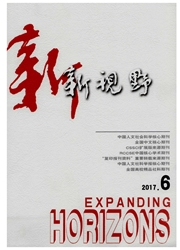

 中文摘要:
中文摘要:
花生疮痂病菌在人工培养条件下生长缓慢、产孢困难,难以进行分离纯化。为了建立一套高效、实用的花生疮痂病菌组织分离和单孢分离纯化技术,研究了取样时期、取样部位、表面消毒时间、采后存放时间对组织分离法分离频率的影响,及不同培养基和取样时期对单孢分离技术的影响。结果表明,采用组织分离法,叶片分离频率显著高于茎秆,叶片表面适宜消毒时间1~3min,采后冷藏48h内分离频率差异不显著,不同采集时期对叶片病菌分离频率无显著影响;采用改进的稀释平板法成功分离纯化到大量单孢子菌落,PLDA(花生煎汁培养基)上的单孢子菌落多于PDA,对杂菌的抑制作用显著大于PDA,发病早期和中期的病秆可获得大量单菌落,但发病后期只能获得极少单菌落。
 英文摘要:
英文摘要:
The causal agent of peanut scab disease is difficult to isolate due to its extremely slow growth and difficult to sporulate on agar media. In this study,an efficient technique for tissue isolation and single-spore isolation of the pathogene was established. Results showed that pathogen isolation frequency from leaves was significantly higher than that of stems. The optimum surface-sterilizing time was 1-3 min,sampling time and storage time within 48 h after sampling had no significant influences on isolation frequency. Abundant single-spore colonies could be obtained by improved dilution-plate method,the number of single-spore colonies on peanut leaf decoction agar(PLDA) was more than that on PDA medium,PLDA could inhibit undesired microbes significantly. The number of single-spore colonies obtained by dilution-plate method at early and middle stage of infection was significantly greater than that of late stage,and few single-spore colonies were obtained at the late stage.
 同期刊论文项目
同期刊论文项目
 同项目期刊论文
同项目期刊论文
 期刊信息
期刊信息
